‘Seurat: Master of pointillism’ opens this week at the Kröller-Müller Museum in Otterlo, Netherlands. We spoke to the curator, Toos van Kooten, to find out more about the exhibition and how it came about.
Click here for a gallery of highlights from the exhibition
Can you tell us a bit about the exhibition?
Georges Seurat is known for his meticulously stippled paintings and his eerily illuminated black-and-white drawings. His oeuvre comprises some 50 paintings and about 200 drawings, which became highly sought-after following his untimely death. The Kröller-Müller Museum is the only museum in the world that has five paintings to its name, including the famous painting Le Chahut. This valuable collection, assembled by Mr and Mrs Kröller-Müller in the early 20th century, is the basis for an exhibition devoted entirely to this great painter, with the underlying question: what makes his work so special and so well loved?
What makes this a distinctive show?
Georges Seurat’s oeuvre is dispersed around the globe in museums and private collections and is seldom displayed as a larger ensemble. This exhibition is the first such opportunity in many years. Twenty-three paintings and 24 drawings offer a portrait of Seurat, at work in Paris and on the coast of northern France.
How did you come to curate this exhibition?
In addition to the renowned Van Gogh paintings and drawings, the collection of the Kröller-Müller Museum also has several other world class core collections. One of these is the collection of neo-Impressionist art, with Georges Seurat as its leading light. For me, it is always fascinating to ask oneself what it is that makes an artist a source of inspiration for his contemporaries and later generations.
What is likely to be the highlight of this exhibition?
The highlights of this exhibition are undoubtedly Le Chahut and Le Cirque, Seurat’s last two large figure pieces, which can now be seen side by side; a monumental presentation, thanks to an exceptional loan from the Musée d’Orsay in Paris, which allows Le Cirque to travel only rarely, if ever.
And what’s been the most exciting personal discovery for you?
The thing I find most surprising, and which I never could have imagined until I saw them here, is the remarkable expressiveness of the small panels, no larger than 25 x 17 cm. The preliminary study for Le Chahut and La Tour Eiffel must not be missed.
What’s the greatest challenge you’ve faced in preparing this exhibition?
The generous permission of museums and private individuals to make this exhibition possible at the Kröller-Müller Museum.
How are you using the gallery space? What challenges will the hang/installation pose?
These rooms of the Kröller-Müller Museum are normally used to display contemporary art. The building was designed for that purpose in the 1970s, with a specific focus on the relationship between interior and exterior and the constantly changing play of daylight in the spaces. This exhibition, however, brings with it different requirements and takes the visitor alternately between the atmosphere of bustling 19th-century Paris, with its brand-new, eye-catching Eiffel Tower, and the Atlantic coast of northern France with its indefinable grey-green light.
Which other works would you have liked to have included?
Four of Seurat’s large figure pieces are too fragile to travel: Une Baignade, Asnières at the National Gallery in London, Un Dimanche à la Grande Jatte at the Art Institute of Chicago, Poseuses at The Barnes Foundation in Philadelphia and Parade de Cirque at the Metropolitan Museum of Art in New York. Perhaps this exhibition at the Kröller-Müller Museum will also inspire people to go and see these impressive paintings on location.
‘Seurat. Master of pointillism’ is at the Kröller-Müller Museum from 23 May–7 September.
Click here for a gallery of highlights from the exhibition
Unlimited access from just $16 every 3 months
Subscribe to get unlimited and exclusive access to the top art stories, interviews and exhibition reviews.

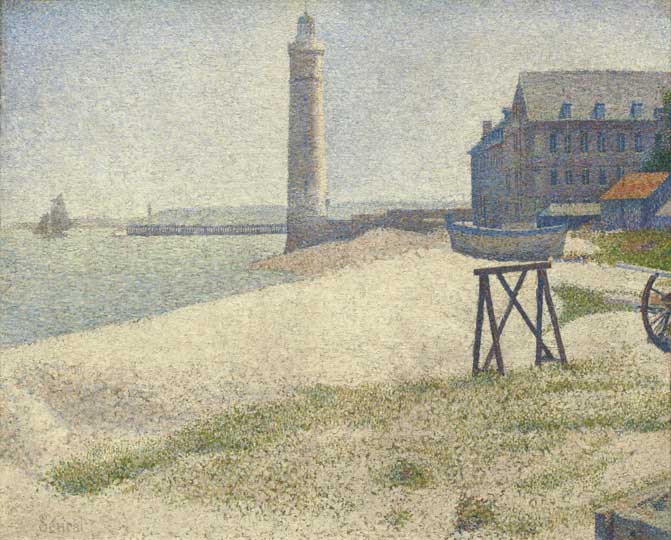
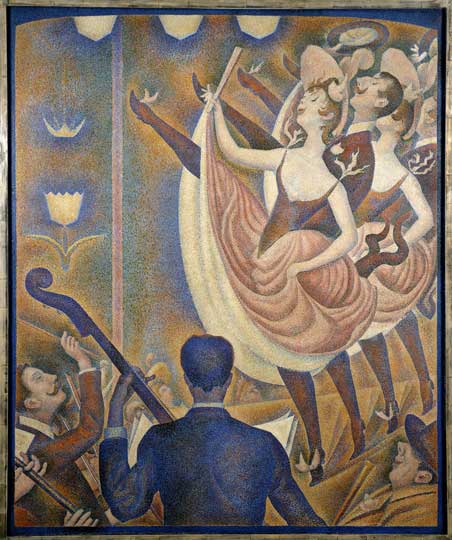
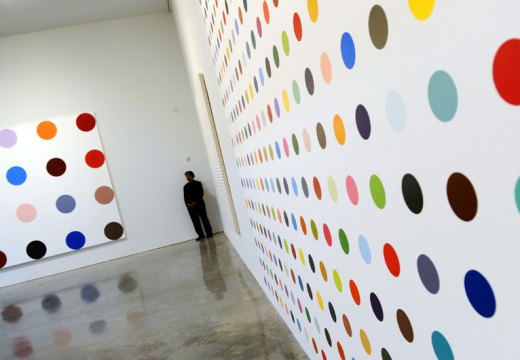
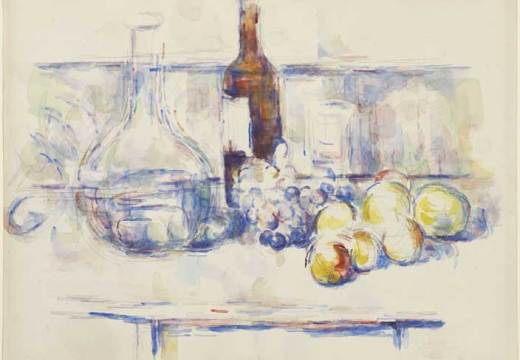
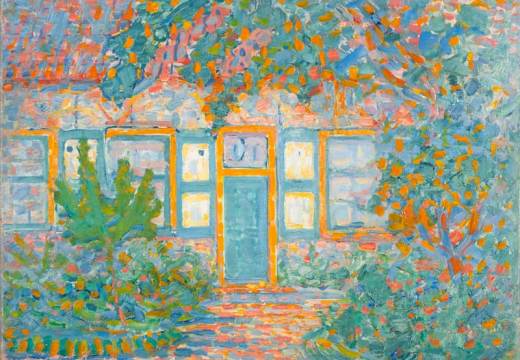









![Masterpiece [Re]discovery 2022. Photo: Ben Fisher Photography, courtesy of Masterpiece London](http://www.apollo-magazine.com/wp-content/uploads/2022/07/MPL2022_4263.jpg)
It’s time for the government of London to return to its rightful home